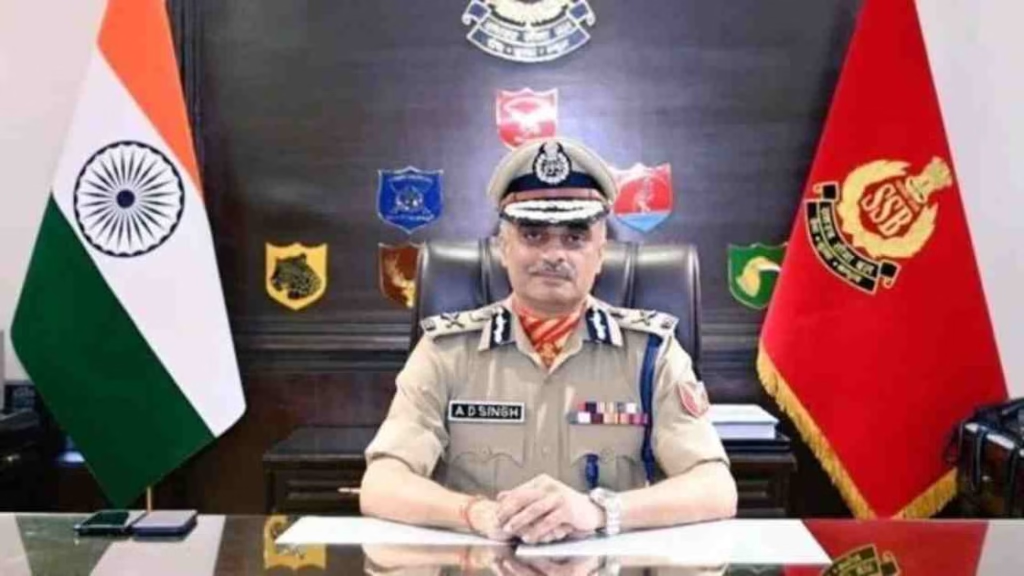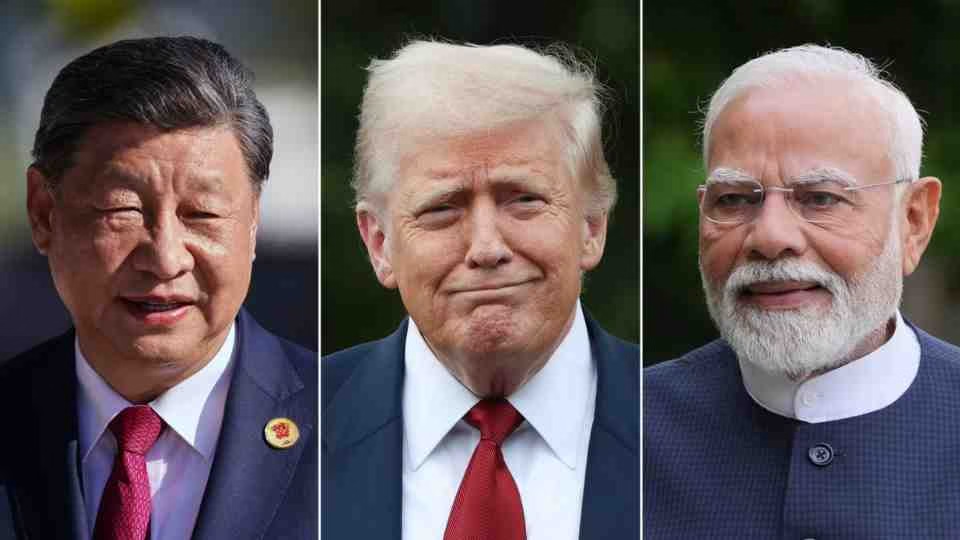From the News Desk Tab2Mag.
NEW DELHI – In a significant move to bolster India’s national security architecture, the government has appointed retired IPS officer Anish Dayal Singh as Deputy National Security Adviser, bringing decades of frontline security experience to the country’s highest strategic planning body.
From Northeast Frontlines to National Command
Singh’s journey to this pivotal role began in 1988 when he joined the Indian Police Service as part of the Manipur cadre, entering service during one of the most challenging periods in India’s northeastern states. The region was grappling with multiple insurgencies, ethnic conflicts, and cross-border security threats that would shape Singh’s understanding of complex security challenges.
Over his 36-year career, Singh witnessed firsthand the evolution of India’s internal security landscape. From the peak years of Punjab militancy in the early 1990s to the rise of left-wing extremism in central India, and the persistent challenges in Jammu and Kashmir, he navigated through each crisis with tactical acumen and strategic vision.
Rising Through the Ranks
Singh’s ascent through the security establishment was marked by key postings that prepared him for national-level responsibilities. His expertise in counter-insurgency operations earned him recognition within security circles, particularly for his nuanced understanding of the socio-political dimensions underlying India’s internal security challenges.
The appointment as Director General of the Indo-Tibetan Border Police marked a crucial phase in his career. The ITBP, responsible for guarding India’s borders with China and Tibet, operates in some of the world’s most challenging terrain. Under Singh’s leadership, the force modernized its equipment, enhanced training protocols, and strengthened its intelligence capabilities along the sensitive Sino-Indian border.

His subsequent role as Director General of the Central Reserve Police Force represented the pinnacle of his operational career. The CRPF, India’s largest paramilitary force, operates across the country’s most troubled regions – from the Naxal-affected areas of Chhattisgarh and Jharkhand to the militancy-prone valleys of Kashmir. Singh oversaw operations involving over 300,000 personnel, making critical decisions that directly impacted national security.
The December 2024 Transition
When Singh retired in December 2024, many in the security establishment expected his expertise wouldn’t remain untapped for long. His retirement came at a time when India faced an increasingly complex security matrix – cyber threats were escalating, traditional insurgencies were adapting new tactics, and geopolitical tensions demanded sophisticated responses.
The brief hiatus between his retirement and this new appointment suggests the government’s recognition that Singh’s institutional memory and operational experience were too valuable to lose, particularly as India navigates challenging security scenarios on multiple fronts.
Strategic Portfolio and Challenges Ahead
In his new role as Deputy National Security Adviser, Singh will work directly under NSA Ajit Doval, taking primary responsibility for internal security matters. This portfolio encompasses some of India’s most persistent and evolving challenges:
Jammu and Kashmir remains a complex theater where Singh’s experience will be crucial. The region continues to witness sporadic militant activities, requiring constant recalibration of security strategies while balancing development initiatives and political processes.
Left-wing extremism, though significantly weakened over the past decade, still poses challenges in parts of central and eastern India. Singh’s familiarity with CRPF operations in these areas positions him well to oversee continued efforts to integrate affected regions into the mainstream.
Northeastern insurgencies, while much reduced from their peak, require sustained attention and Singh’s deep understanding of the region’s ethnic and political complexities will be invaluable in maintaining the hard-won peace.
Intelligence Coordination and Cyber Challenges
Perhaps one of Singh’s most critical responsibilities will be ensuring seamless coordination between India’s multiple intelligence and security agencies. The Intelligence Bureau, Research and Analysis Wing, and various specialized units must work in unprecedented harmony as threats become more sophisticated and interconnected.
The cyber domain presents particularly novel challenges. Unlike traditional insurgencies that Singh has spent decades understanding, cyber threats evolve rapidly, often transcending physical boundaries and requiring entirely different response mechanisms. His challenge will be integrating conventional security wisdom with emerging digital threat paradigms.
A Reinforced Security Architecture
Singh’s appointment signals the government’s commitment to strengthening national security institutions with experienced practitioners rather than relying solely on bureaucratic or political appointments. His career trajectory – from handling regional insurgencies to commanding national-level forces – provides him with a unique perspective on how local security challenges can escalate into national concerns.
The timing of his appointment is particularly significant as India faces an increasingly complex security environment. Traditional threats persist while new challenges emerge – from state-sponsored cyber attacks to hybrid warfare tactics employed by hostile neighbors.
Legacy and Expectations
As Singh assumes his new role, he brings not just operational experience but also institutional knowledge accumulated over more than three decades of service. His understanding of how policy translates into ground-level operations will be crucial in ensuring that strategic decisions made at the highest levels can be effectively implemented across India’s vast and diverse security landscape.
The security establishment views his appointment as recognition of the importance of field experience in strategic planning. Unlike purely administrative appointments, Singh’s background ensures that policy recommendations will be grounded in practical realities of security operations.
Looking Forward
Singh’s tenure as Deputy NSA will likely be judged on his ability to adapt traditional security approaches to contemporary challenges while maintaining the tactical edge that has served India well in managing internal security threats. His success will depend not just on his individual expertise but on his ability to foster cooperation across India’s complex security architecture.
As he takes on this new responsibility, Singh carries with him the expectations of a security community that has watched him rise through the ranks and the hopes of a nation that continues to face diverse and evolving security challenges. His appointment represents both continuity in India’s security approach and adaptation to changing threat environments.
The coming months will reveal how effectively Singh can translate his operational experience into strategic guidance, helping shape India’s security policies for the challenges that lie ahead. For a nation that has successfully managed numerous security crises over the decades, his appointment represents another chapter in the ongoing effort to stay ahead of emerging threats while building on proven security strategies.






